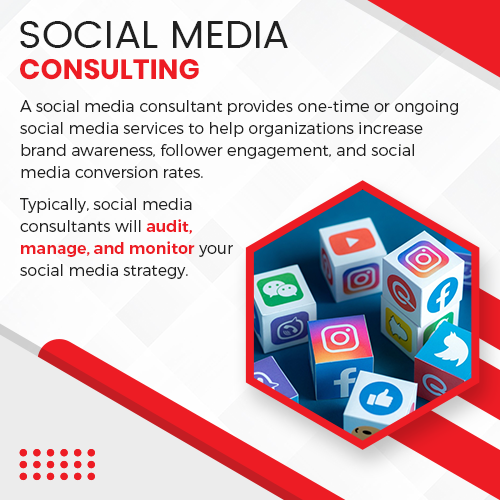Your marketing team has been working with your
brand
for quite some time with mixed results in the marketplace. Sales show that consumers do not understand the message your brand was meant to convey about your company and its products. Of course, maybe the problem is not in the abilities of consumers to understand your message. The problem could be that your brand is not saying the right things about you. Here is some helpful advice about how to put your brand strategy back on track.
Take a look at your brand
Companies panic when their marketing teams report declining or lackluster sales. Meetings are held at all levels of the company with the heads of departments asked to recommend ways to turn things around. Common responses include:
- Redesign the company logo
- Change the colors of the company’s website to make it more appealing
- Increase the company’s presence on social media
- Change the font style and size in the company’s advertising
Rarely does anyone suggest taking a look at the company’s brand to ascertain if it is achieving the goals for which it was originally intended.
A company’s brand is not the products it sells, nor is it a colorful, interactive website or a stunning logo. Your brand is meant to convey a message about who you are and what you do. It is your pledge to consumers about your company’s values and purpose. Everything you do must be consistent with the message conveyed by your brand.
The products a company sells, its website, its name and its logo must be consistent with the message and promises embodied in its brand. For example, a company emphasizing the importance its founders placed on superior craftsmanship and unsurpassed quality wants its brand to convey that message to consumers. In return, consumers might be willing to pay more for the product, but they will expect those products to fulfill the promise by lasting longer and being of a higher quality than similar products.
Being consistent is the key to brand success
Everything your company and its employees do must align with the message you want your brand to convey. This is where your branding strategy comes into play. All of the marketing and advertising you do must seamlessly dovetail with your brand to avoid creating confusion among consumers.
For instance, introduction of a line of work boots by an athletic footwear company whose advertising previously featured the following professional athletes wearing the company’s product. The work boots are contrary to the message the company’s brand has created in the minds of consumers and could damage overall sales unless the company anticipates the confusion it might create. A solution might be to introduce the new product showing athletes wearing them in appropriate settings unrelated to sports.
Making your brand strategy work
Brand strategies are part of an ongoing process. If you want your brand strategy to work and convey the message representing your company, it should follow the following principles:
- Your brand must be believable: Knowing who you are and what you stand for is the first step to creating a brand consumers will believe and accept. You can conduct consumer surveys and analyze the results, but an easier way of finding out how whether your brand is believable is to talk to the people within your organization. If the people within your company don’t buy into it, chances are it will not be accepted by outsiders.
- Make your message count: Unless you have something important to say, don’t bother saying it. You want your brand’s message to grab the attention of consumers, so make it something they care about.
- Competitors will attack: Your competitors are waiting to attack whatever message your brand puts out, so make certain it stand up to it. If your brand stands for quality and old-world craftsmanship, your products have to reflect it.
YourBrand understands what it takes to create a brand strategy to develop a brand to achieve your goals.










